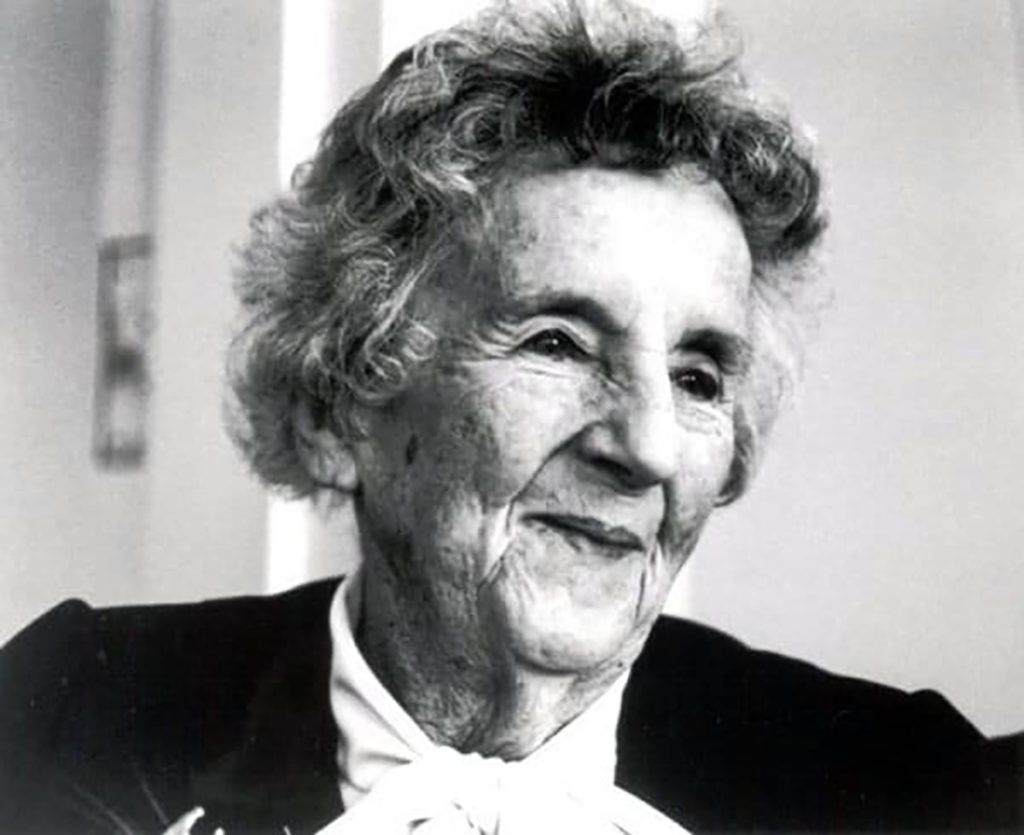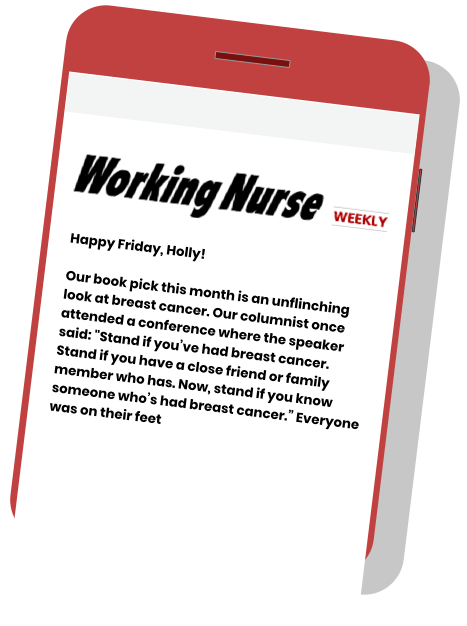Profiles In Nursing
Virginia A. Henderson (1897–1996), Wrote the Book on Modern Nursing
The 20th century’s answer to Florence Nightingale

Nursing care is more than performing a series of tasks — it is a holistic focus on restoring a patient’s health and independence. This once-revolutionary concept is just one of the core elements of nursing practice articulated by Virginia Henderson, a prolific author and editor whose many works helped to literally define the modern nursing profession.
The Textbook Project
Born in 1897 to a large family in Missouri, Henderson received her nursing diploma in 1921 from the Army School of Nursing. She practiced nursing in various New York hospitals until 1924, when she became the first and only teacher of Virginia’s Norfolk Presbyterian Hospital School of Nursing.
She then decided to further her own education, earning her master’s in nursing education from Teachers College, Columbia University in 1934.
While on the nursing faculty there, Henderson began her first really important project: an updated fourth edition of Principles and Practice of Nursing, Bertha Harmer’s popular nursing textbook.
Henderson built on Harmer’s framework of nursing, which stressed health promotion and teaching, while adding an important new concept of her own: that the goal of nursing was to enable the individual “to attain or maintain a healthy state of mind and body; or, where a return to health is not possible, the relief of pain and discomfort.”
Henderson’s update, published in 1939, also brought the textbook in line with the new National League of Nursing Education curriculum guidelines for nursing school accreditation (still a voluntary process in those days). As a result, her ideas achieved widespread prominence, which only grew with Henderson’s revised fifth edition, published in 1955.



